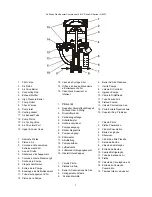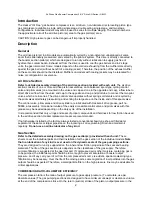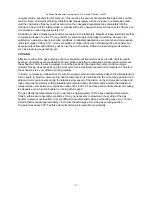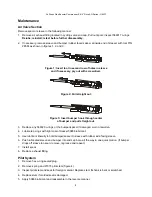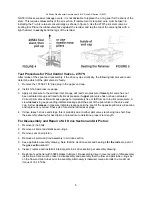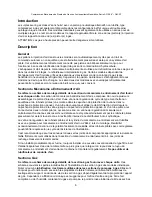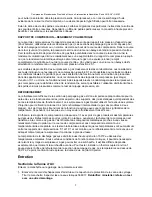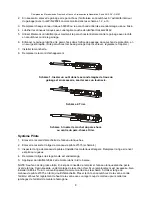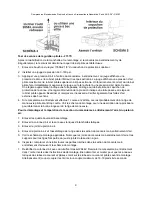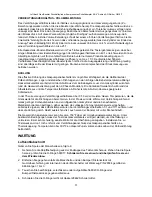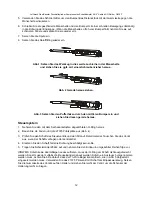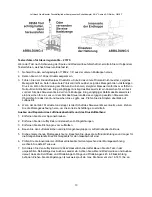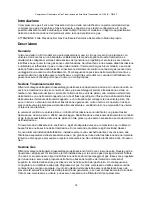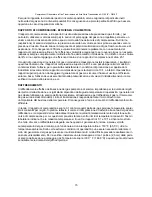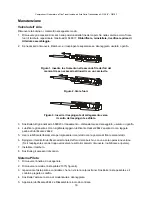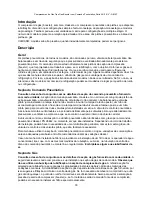
Air Driven Gas Booster Compressor, 5-3/4” Drive AG Series • OM-3F
3
unswept volume expands to inlet pressure. This reduces the amount of potential fresh gas intake on the
suction stroke. Volumetric efficiency therefore decreases rapidly with an increase in compression ratio
until the volumetric efficiency reaches zero when the unexpelled (expanded) gas completely fills the
cylinder at the end of the intake stroke. A cylinder with a 4% unswept volume will reach zero efficiency at
a compression ratio of approximately 25:1.
Production models of Haskel gas boosters are tested in the laboratory. Results of these tests indicate that
compression ratios of up to 40:1 are possible for some models under ideal conditions. However, for
satisfactory operation under production conditions in industrial applications, we recommend compression
ratios (per stage) of about 10:1 or less. Operation at higher ratios may not damage the gas booster but
because output flow and efficiency will be low, the use should be limited to pressurizing small volumes
such as pressure gauge testing, etc.
COOLING
Effective cooling of the gas pumping section is of paramount importance as service life of piston seals,
bearings, and static seals are dependent upon proper operating temperatures. Haskel gas boosters use
the exhaust air from the driving system to cool the gas barrel (and gas intercooler on the two stage
models). Driving air expands during the work cycle with a significant reduction in temperature. Therefore,
the exhaust air is a very efficient cooling medium.
In theory, compression ratios above 3:1 with most gases produce temperatures above the allowable limits
for the seals. In practice, however, the heat of compression is transferred to the air cooled gas barrel and
adjacent metal components during the relatively slow speed of the piston on the compression stroke and
these components will stay within allowable temperature limits. Laboratory tests indicate that maximum
temperatures occur between compression ratios of 5:1 and 10:1 and have shown that exhaust air cooling
is adequate even when the booster is running at full speed.
The gas discharge temperature may run as high as approximately 150°F above ambient temperature.
Under certain severe operating conditions, it may be necessary to slow down the cycling of the gas
booster to prevent overheating. It is very difficult to predict exactly when overheating may occur. To test,
install a thermocouple approximately 1 inch from the discharge port of the gas pumping section.
Temperatures above 300°F at this point will shorten piston seal life considerably.


